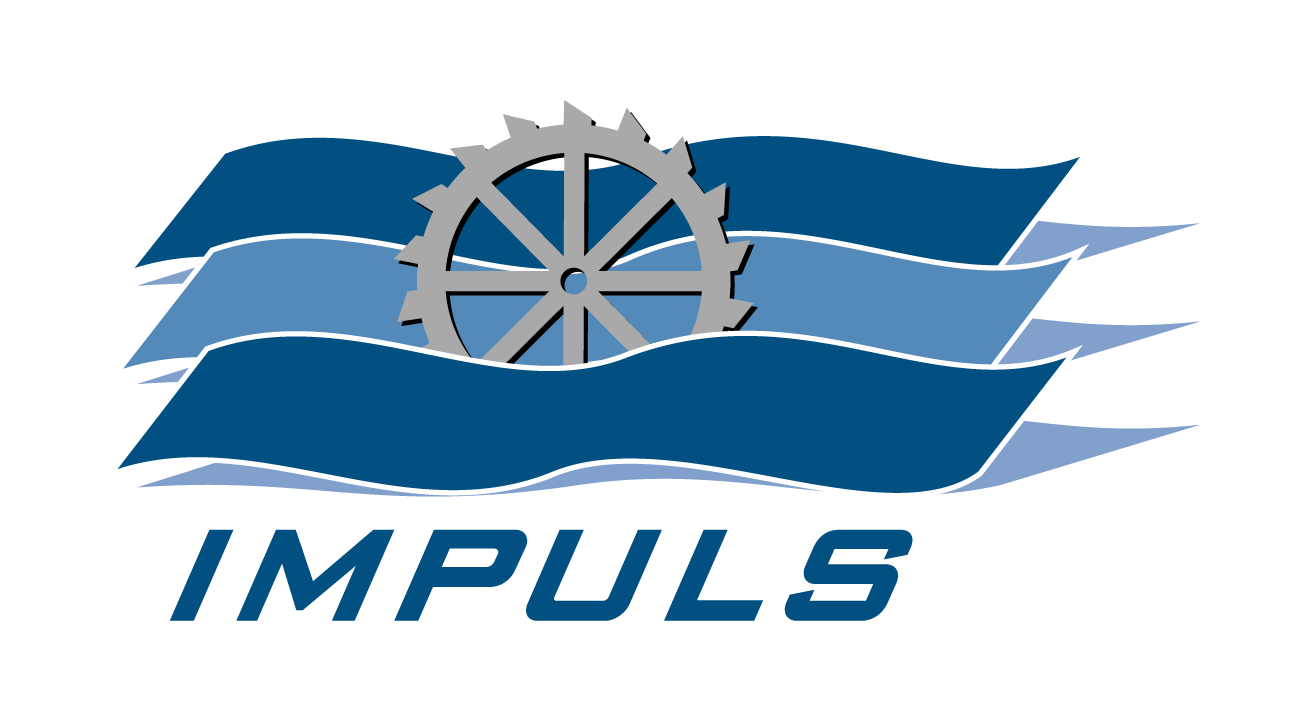Research and development on the water wheel
Of course, the general operating principles of a waterwheel are generally known. However, there is no standard or guideline in which the technical parameters are reproduced in a standardized form. Therefore, the design of water wheels is either a matter of experience or the subject of research and (new) development.
The individual enterprise uhl machines from Halle (Saale), Germany, has the scientific methods and practical knowledge and possibilities to carry out a construction-technical development of water wheels from scratch. The freelance entrepreneur Dipl.-Ing.(FH) Sebastian Uhl is available for this as a consultant on a project basis or as a freelancer.
Digital prototypes
With the help of computer-aided flow simulation, constructive designs of water wheels can be tested. Technical quantities such as torque or power are predicted with relative certainty.
The following example shows the test of a specific water wheel geometry.
In the simulation, the speed of the water wheel is varied in three steps in descending order. As a result, the torque is read out in the diagram.
It can be seen that the torque increases as the speed decreases. As with all hydraulic machines, a characteristic curve therefore also results for water wheels.
In the following calculation, the hydraulic/mechanical efficiency is determined.
| Item | Unit | Value |
| kinetic power inflow | [W] | 33,75 |
| Potential performance | [W] | 294,3 |
| Torque sim. (4 rad/s) | [Nm] | 51 |
| Torque sim. (3 rad/s) | [Nm] | 67 |
| Torque sim. (2 rad/s) | [Nm] | 75 |
| Performance sim. (4 rad/s) | [W] | 204 |
| Performance sim. (3 rad/s) | [W] | 201 |
| Performance sim. (2 rad/s) | [W] | 150 |
| Efficiency sim. (4 rad/s) | [-] | 0,622 |
| Efficiency sim. (3 rad/s) | [-] | 0,613 |
| Efficiency sim. (2 rad/s) | [-] | 0,457 |
Knowledge of the efficiency as well as the other hydraulic and mechanical quantities of a specific, digital prototype enables the appropriate design and dimensioning of all components (e.g. electric generator) of a waterwheel.



